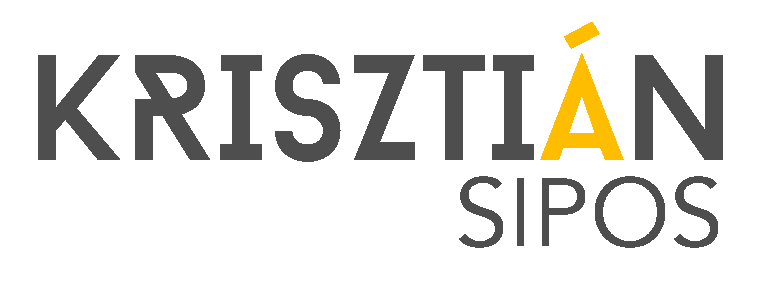What is the Best Lighting Setup for Product Photography?
By Krisztian Sipos
Why Lighting Matters in Product Photography
When capturing great product photos, lighting can make or break the shot. The proper lighting setup highlights your product's best features and creates a mood that can enhance its appeal. Whether photographing drinks, fashion, or tech gadgets, choosing the correct setup can help make your images more eye-catching, professional, and engaging.
In this guide, I'll share the essential lighting setups for product photography, breaking down each technique so that you can find the right fit for your needs.
Key Lighting Setups for Product Photography
Natural Light Setup
Natural light can be fantastic for products that need a soft, natural look, like food, lifestyle items, or skincare products.
How to Set Up:
Place your product near a large window to maximise sunlight.
Use a white reflector or a simple whiteboard to bounce light back onto the product, filling in harsh shadows.
For best results, shoot during "golden hour" (early morning or late afternoon) to get a warm, even light.
Pros:
Free and easy to set up.
Soft, natural-looking results.
Cons:
It is not controllable; it depends on the weather and the time of day.
Limited to daytime shooting.
Continuous Lighting Setup
For more control, continuous lighting (using LED panels or LED lights) gives a consistent, even light that's great for e-commerce photos and studio-style shots.
How to Set Up:
Use one or two softboxes on either side of the product for even lighting.
Adjust the light distance and angle to minimise shadows.
Consider adding a reflector behind the product to enhance the background and create more dimension.
Pros:
Provides consistent lighting that's easy to control.
Works well for lifestyle or close-up shots.
Cons:
Requires an investment in lighting equipment.
It can generate heat, depending on the lights used.
Flash and Strobe Lighting Setup
Strobes and flashes are powerful lighting options often used for high-quality product images. They're especially helpful for capturing sharp, crisp shots.
How to Set Up:
Use one or two strobes with diffusers or softboxes to soften the light.
Place the lights at a 45-degree angle to the product, adding a reflector as needed to control shadows.
Experiment with a backlight to add depth and make the product stand out.
Pros:
Powerful lighting option with no flicker.
Ideal for large product shots with great detail.
Cons:
Learning curve for controlling flash power.
Requires a setup for synchronisation with the camera.
Lightbox Setup
A lightbox is a fantastic all-in-one solution for small products like jewellery, cosmetics, or small gadgets.
How to Set Up:
Place your product inside the lightbox, and adjust the LED lights provided with the box.
Experiment with light angles for different effects, and use a tripod to avoid any camera shake.
Pros:
Great for small products that need uniform lighting.
Portable and easy to set up, ideal for on-the-go shoots.
Cons:
Limited space – suitable only for small items.
May require additional light sources for enhanced effects.
Essential Tips for Product Photography Lighting
Use Reflectors for Soft Shadows
Reflectors help bounce light back onto your product, minimising harsh shadows and creating a balanced look.
Experiment with Angles
Changing the light's angle can drastically change your image's mood. Side lighting often adds depth, while front lighting creates a clean, professional look.
Choose the Right Background
The background colour and texture can affect how your lighting looks. Light backgrounds reflect more light, while dark ones absorb it.
Don't Forget Post-Processing
Even with the best lighting setup, some editing will be necessary to enhance colours, sharpness, and contrast.
FAQs About Product Photography Lighting
Q: What is the best lighting setup for small products?
A: A lightbox is generally the best choice for small items like jewellery or cosmetics. It provides even lighting and is very easy to set up.
Q: How do I avoid harsh shadows in product photos?
A: Softboxes, diffusers, or reflectors can help reduce harsh shadows. Moving lights to a 45-degree angle can also soften the shadow effect.
Q: Which is better – natural light or studio light?
A: Both have pros and cons! Natural light is free and looks soft and beautiful, while studio light provides control and consistency.
Q: How can I improve my lighting on a budget?
A: Start with natural light and a simple reflector. You can also DIY a softbox with diffusers or experiment with cheap LED lights before investing in professional gear.
Q: What camera settings work best with different lighting setups?
A: Try a lower ISO (100-400) and a wider aperture (f/2.8 – f/5.6) for natural light. In studio settings, adjust your ISO and aperture according to the light intensity and your camera's sync speed.
FAQs About Krisztian Sipos Studio
Q: Where is Krisztian Sipos Studio located?
A: Krisztian Sipos Studio is based in London, UK, and specialises in product and stop-motion photography.
Q: Does Krisztian Sipos Studio offer both natural and artificial lighting options?
A: I create natural lighting with studio lighting. I also use harsh and soft lights depending on the product and client's preference to achieve the best results.
Q: What kind of products do you photograph?
A: I photograph various products, including beverages, lifestyle items, tech, and cosmetics. I also specialise in stop-motion for added engagement.
Q: Do you provide a consultation to help determine the best lighting setup?
A: Absolutely. I offer consultations to understand clients' needs and recommend the ideal lighting and photography setup to match their brand style.
Choosing the proper lighting setup can elevate your product photography to create images that stand out and communicate quality. Whether you're a beginner or an experienced photographer, I hope this guide helps you navigate your way to stunning, professional-looking product photos.
Happy shooting!

